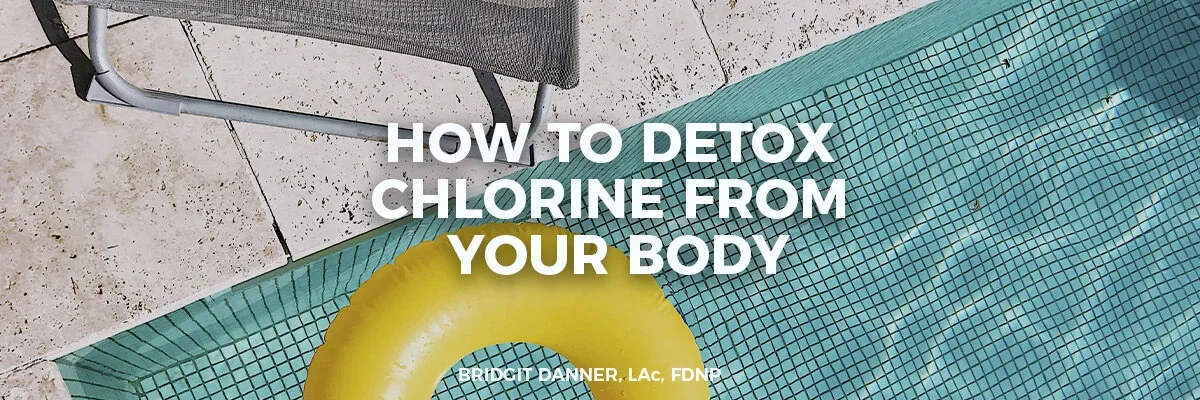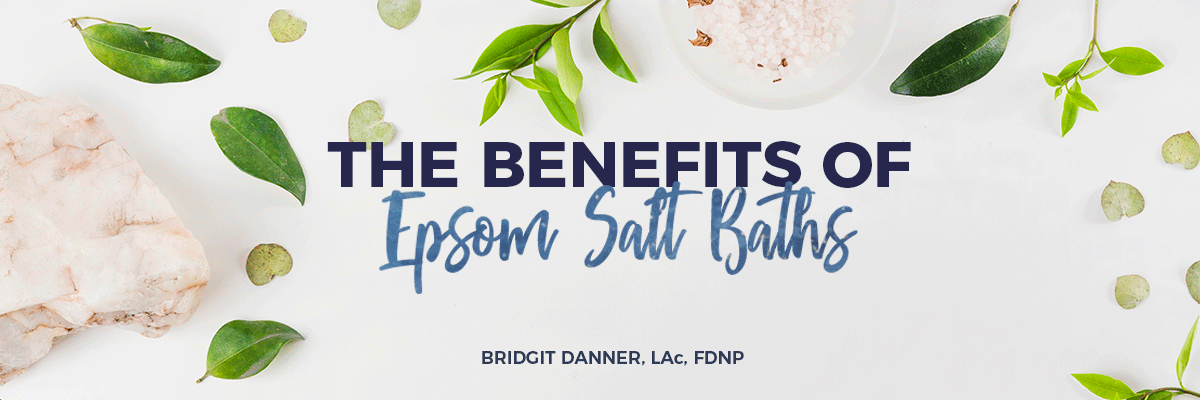Childhood Alopecia Due to Toxic Mold
This article discusses an important conversation I had with Jamie, a dad who shared his four-year-old daughter’s experience fighting Alopecia Areata, one of the types of Alopecia. He talked about how he got to know about the disease, how Jamie failed at first in getting the right diagnosis, from where he thought his daughter picked up the disease, and several home testing methods to make things clean for other family members.
But before knowing everything about this case of childhood Alopecia you should make yourself clear about what Alopecia is? So let us take a look below:
What Is Alopecia?
Alopecia is a general word for any disease that causes hair loss. Although not infectious, it can sometimes indicate other health issues. One of the most prevalent types of alopecia is the autoimmune illness Alopecia Areata. Some symptoms are connected to a unique immunological response.
Some forms of alopecia have links to psychological issues that cause hair pulling in addition to genetic, lifestyle, and environmental variables. The same oral drugs and topical therapies may be used to treat various forms of alopecia. However, some alopecia forms require behavioral adjustments to stop hair loss. Alopecia can result from anything interfering with the healthy, normal hair development cycle. Alopecia can affect people of any age, although some forms can be prevented. One's family history, age, ethnicity, color, and gender can all affect your propensity to acquire alopecia.
Alopecia areata's primary symptom is patchy hair loss, typically on the scalp. However, alopecia areata can also affect other body parts, including the brows and eyelashes.
It is an autoimmune disease called alopecia areata, like how the immune system would battle the body's immune system and wrongly attacks healthy hair follicles. Hair loss occurs when the follicles are injured.
Alopecia Universalis, as its name suggests, is a disorder that causes total hair loss. This applies to the entire body, including the scalp. It is unknown why some people can develop this ailment, and others do not, similar to other autoimmune diseases.
How Does Toxic Mold Cause Hair Loss?
Toxic mold allergies are common, and allergic reactions can result in hair loss from even a single mold spore. Here's how it functions:
A molecule called histamine is produced by your body when you come into touch with an allergen like mold. Antihistamine drugs are frequently used when someone has an allergic reaction because histamine causes itching. These drugs block histamine and alleviate symptoms.
Inflammation brought on by histamines also limits blood supply to the hair follicles. Insufficient blood supply can harm hair follicles and result in hair loss. After first brief contact with mold, you won't lose your hair, but repeated exposure over time may result in baldness that gets worse.
Jamie mentioned in his interview (12:30) that he took an air sample in his daughter’s room and found a mold spore while visibly seeing mold in his home. He made sure to inspect his house through some inspector (15:00), but that too turned out to be wrong because it didn't get him any results.
But after many tests and working with several companies, he knew the source from where the mold was growing, and it was a window cell outside of his daughter's room that was rotten with mold.
Got in touch with several functional medicine doctors who recommended vitamins and probiotics for his daughter. Although it was a huge task to make a four-year-old take those pills, He tried many options to get her to start taking pills easily (14:11). One of the best supplements to fight mold toxicity is Mega IgG 2000. It also promotes a healthy gut.
Many people don't know the exact process of how to test their homes or where to start if they see mold in their homes. People don't have enough information and education on how deadly mold can be in your home. I wrote my book The Ultimate Guide to Toxic Mold Recovery (easily available on Amazon) to make it easier to fight the toxic world, said Bridgit Danner (29:18).
Anyone who knows they have hazardous mold or suspects they do and demands to learn what to do now can use this audiobook as a resource. Additionally, it helps professionals who want to learn more about mold. Moving, fixing, organizing possessions, and regaining your health are demanding physical, emotional, and financial processes.
The book (available in Kindle, paperback & audiobook) combines mold education, advice from someone who has experienced it, and in-depth knowledge from a seasoned practitioner. It is divided into three sections- discover, do, and develop- to help you become informed and ready, take action, then enhance your efforts for the finest long-term effects. This could be a gem to fight the toxicity caused by mold by taking preventive measures for your and your family’s sake.
Grab my free mold guide here!
Wondering if you have mold and are feeling completely overwhelmed?
I totally get it; been there, done that!
This concise guide answers many of your top questions such as:
What are my home testing options?
What are the signs and symptoms of mold?
What are clues my home has water damage?
What do I do to get better?
Bridgit Danner, LAc, FDNP, is trained in functional health coaching and has worked with thousands of clients over her career since 2004. She is the founder at FunctionalDetoxProducts.com.
Grab Bridgit’s list of 5 Easy Detox Swaps for Women’s Health to start clearing out the toxins and reset your system to feel better today!













If you have a blender and fresh basil leaves on hand, making homemade pesto is surprisingly easy. The flavor is brighter and fresher than store-bought pesto, and you can adapt the ingredients to suit your diet and preferences. This recipe includes raw pumpkin seeds to make it seed-cycling-friendly.